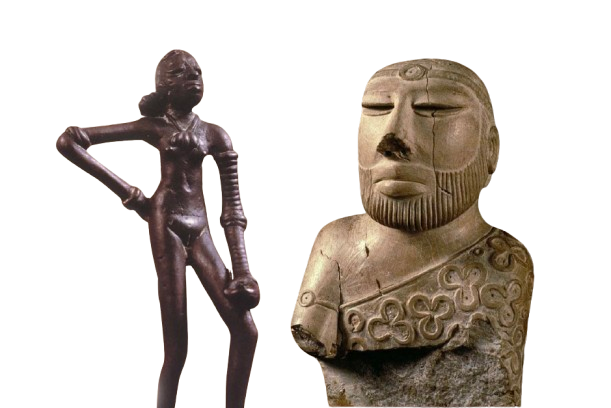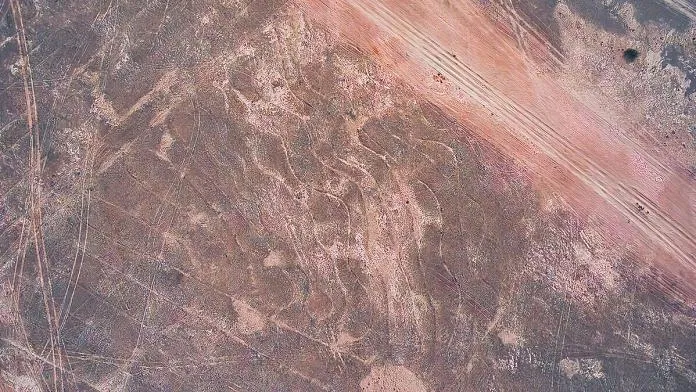Evolution of Archaeology as a Subject
Archaeology, as the study of human history and prehistory through the excavation and analysis of material remains, has undergone a remarkable transformation. What began as an activity of artefact collection has evolved into a rigorous scientific discipline. Technological advancements, growing theoretical frameworks, and increased ethical considerations mark the field’s development.
Early Roots: Antiquarianism and Curiosity (Pre-19th Century)
The earliest phase of archaeology, antiquarianism, focused on collecting artefacts from ancient civilisations like Rome, Greece, and Egypt. Early antiquarians like Sir John Lubbock and Thomas Jefferson were primarily driven by personal interest or curiosity rather than scientific inquiry.
Excavations of Pompeii and Herculaneum in the 18th century, initiated by King Charles III of Spain, uncovered significant Roman remains. However, these early digs needed more scientific rigour, often destroying valuable contextual information. According to UNESCO, many artefacts looted from sites like these ended up in private collections across Europe.
Archaeology as a Science: 19th Century
The formalisation of archaeology as a scientific discipline took shape in the 19th century. Two key developments were the introduction of stratigraphy and the work of early archaeologists like Heinrich Schliemann. Schliemann’s 1871 excavation of Troy is often cited as a pivotal moment in modern archaeology despite his controversial methods, which usually destroyed underlying layers of the site. Nonetheless, this discovery sparked a growing interest in systematic excavation and contextual analysis.
In 1859, Charles Darwin’s “On the Origin of Species” gave new direction to archaeology, aligning it with natural sciences and the study of human evolution. Archaeologists began focusing on prehistoric societies, with discoveries like the Neanderthal skull in 1856 and the subsequent development of evolutionary archaeology.
Key Figures and Milestones
- John Frere’s discovery of hand axes in 1797 at Hoxne, England, provided evidence of human existence before recorded history.
- General Pitt-Rivers, regarded as one of the first scientific archaeologists, conducted precise excavations in England during the late 19th century, emphasizing detailed recording methods.
20th Century: Scientific Methods and Expanding Horizons
The 20th century marked the growth of archaeology as an academic discipline and saw the introduction of groundbreaking methodologies. Radiocarbon dating, invented by Willard Libby in 1949, revolutionised the ability to date organic materials up to 50,000 years old, significantly advancing our understanding of prehistoric cultures. This method allowed for more accurate dating of famous finds like the Dead Sea Scrolls (250 BCE – 68 CE) and the Shroud of Turin.
By the mid-20th century, archaeology had become global. Theories evolved:
- Culture-historical archaeology, led by scholars like V. Gordon Childe, sought to classify societies based on material culture.
- Processual archaeology, introduced by Lewis Binford in the 1960s, emphasized scientific methods to understand cultural change, treating archaeology as a hard science.
These advances were not only theoretical but also technological. During the mid-1900s, aerial photography was used to map large archaeological sites such as Stonehenge, providing a bird’s-eye view that helped identify previously unknown features. According to UNESCO, by 1978, the UNESCO World Heritage Convention helped protect globally significant sites, which now number over 1,157 as of 2021.
Modern Archaeology: Ethics, Technology, and Interdisciplinary Collaboration
Today, archaeology blends scientific, historical, and ethical practices. Advancements in technology, such as LiDAR (Light Detection and Ranging) have allowed researchers to discover lost cities like the ancient Mayan metropolis in Guatemala, hidden beneath thick jungle canopies, without disturbing the environment. In 2019, LiDAR technology helped map over 61,000 structures in Guatemala’s Maya Biosphere Reserve.
Modern archaeology also leverages Geographic Information Systems (GIS), satellite imagery, and 3D modelling. For example, the application of DNA analysis to study the human genome revealed genetic links between modern Europeans and ancient populations, including the Ötzi the Iceman, a 5,300-year-old mummy discovered in the Alps.
Beyond technology, archaeology has become more conscious of ethical concerns. Indigenous groups now play a larger role in archaeological practices, particularly in North America, where the Native American Graves Protection and Repatriation Act (NAGPRA) of 1990 ensures the return of remains and artefacts to their rightful descendants. By 2021, NAGPRA facilitated the repatriation of over 58,000 human remains and 2.2 million cultural items, according to the U.S. National Park Service.
Challenges and Current Trends
One significant challenge modern archaeologists face is looting and the illegal antiquities trade. UNESCO estimates that the global trade in illicit artefacts is $6 billion annually. This has prompted countries and organisations to strengthen legal frameworks and preservation efforts.
Another trend is the integration of sustainability into archaeology. Efforts are being made to balance excavation with preservation, minimising environmental damage. Initiatives such as “Green Archaeology” promote non-invasive techniques like remote sensing.
Conclusion
The evolution of archaeology from an antiquarian hobby to a fully developed scientific discipline reflects advances in methodology and ethical standards. Modern archaeology no longer seeks to understand the past but also aims to preserve it for future generations. With interdisciplinary collaboration, technological breakthroughs, and a growing awareness of cultural sensitivity, archaeology continues to unlock human history while adapting to contemporary challenges.



